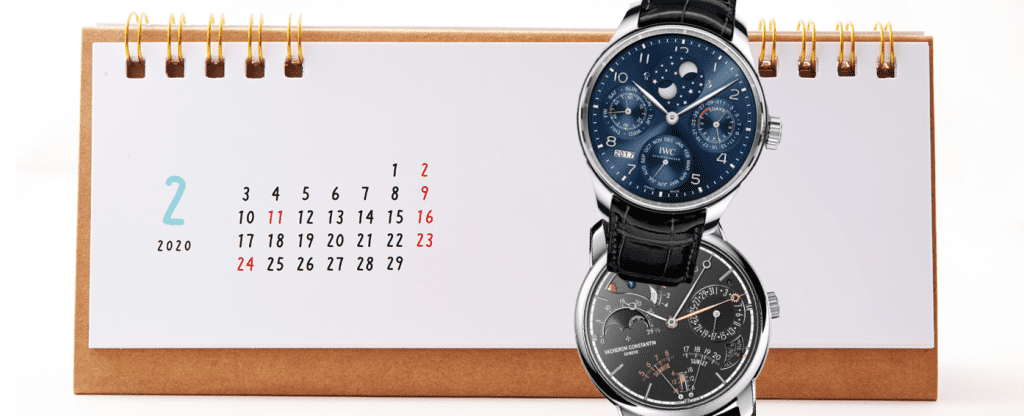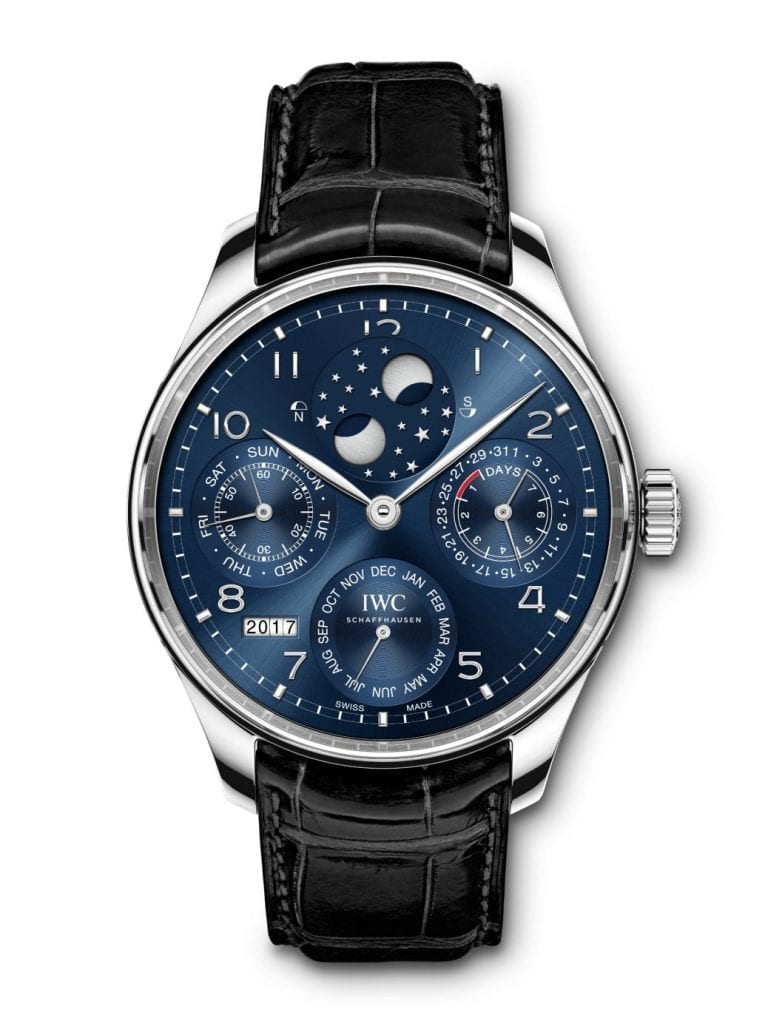
This year is a leap year, meaning we have an extra day all to ourselves. Since Leap Day, February 29, falls on a Saturday this month, it is even more special because those of us who don’t work weekends actually get a day to relax and enjoy the extra time. But have you ever wondered why we have that extra time every four years? Or, why, in the year 2100 when we are supposed to have a leap day, we are skipping it?
The entire leap day/leap year concept dates back to when the Gregorian calendar (by which we live) was created – splitting days into equal 24- hour lengths with 365 days comprising a year. The thing is, in real solar time, the actual time it takes for the Earth to rotate around the sun and complete a single orbit is 365 days, 5 hours, 48 minutes and 45 seconds (referred to as a tropical year). As such, almost every four years, we need to add a day to our calendar to keep our average time in sync with solar time and to keep our seasons on track.
For time-obsessed individuals, the concept of real-time vs. average time, and the idea of adding time to our calendars, is tricky. After all, time is already elusive without taking these concepts into account. Lucky for us, top watch brands have created complicated watches that can do the tracking for us. In fact, some of the most advanced mechanical watches on the market can accurately calculate time into the year 2100 before needing an adjustment, and others can display daily the difference between real and solar time.
Essentially the astronomical watches that come to the rescue here are the Equation of Time and the Perpetual Calendar watch. In each case, these watches house movements with hundreds (perhaps even a thousand or so) tiny mechanical parts inside that work together like a carefully orchestrated opera.
In an Equation of Time watch, the mechanical masterpiece tracks not only the average solar time (24 hours/day) but also tracks real solar time (the time it takes for Earth to rotate once on its axis), which is typically 23 hours, 56 minutes and 4.0916 seconds (a sidereal day). This results in days that are longer than 24 hours by as much as 16 minutes, and days that are shorter by up to14 minutes. The Equation of Time tracks both of these times and then displays the difference between true solar and mean solar time. These watches are highly complicated to build and are typically rare. They can command upwards of $75,000 and may have a waiting list for them.
Examples of Watches with an Equation of Time Complication Include:




Another coveted-by-collectors watch perfect for leap year is the perpetual calendar. Not all perpetual calendars are created equal, as some display much more information (sometimes even moon phases and constellations) than others. Generally, they track the hours, minutes, seconds, day, date, and leap years – taking into account months of different lengths. The coolest of these watches also have the leap year indications on them. Generally, there is a small aperture and years 1, 2, 3, 4 are in black, but on the appropriate leap year, the “4” appears in red – signaling the extra day.


As mentioned, these watches are quite complex, generally are equally as expensive and rare – maybe even rarer than the leap year.
©2011-2024 Worthy, Inc. All rights reserved.
Worthy, Inc. operates from 25 West 45th St., 2nd Floor, New York, NY 10036